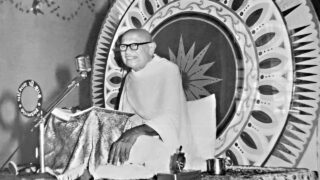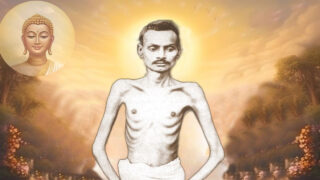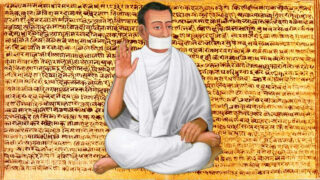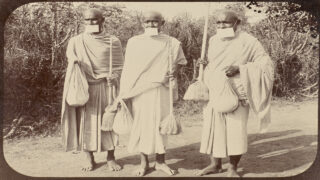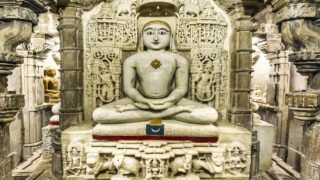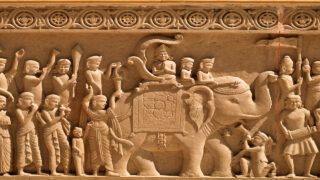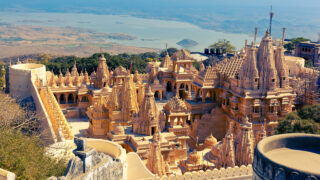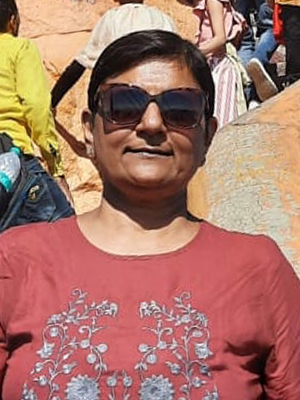Part 8: Jain Reform Movement
Sant Bala reiterated that Sravakas can remain active in society and still obtain Moksa as renouncing worldly affairs only entails letting go of attachment rather than the affairs themselves. It’s not the affairs that bind us, but rather our attachment to them


